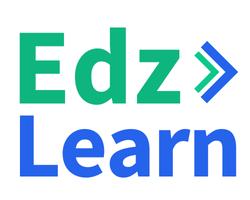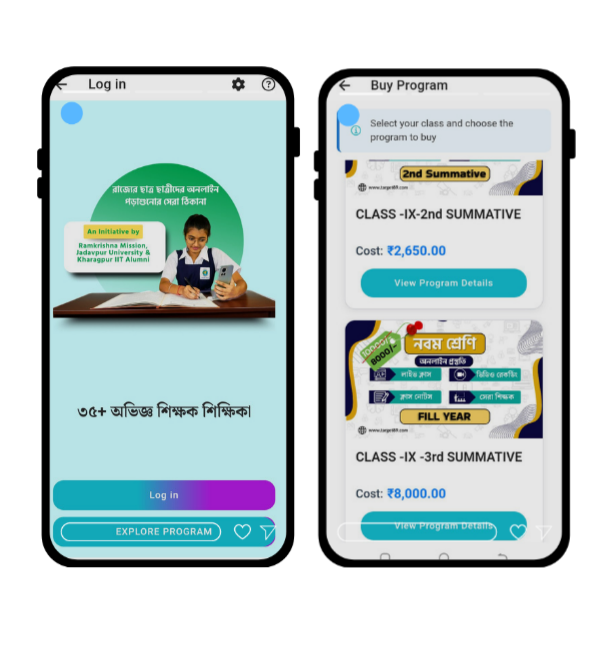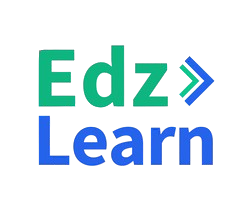As organizations shift towards skills-based learning models, one of the most important tools Learning & Development (L&D) teams can implement is a skills ontology. This framework empowers teams to identify workforce skill gaps, streamline career pathing, and align learning initiatives with both employee goals and organizational objectives.
At EdzLMS, we enable businesses and institutions to unlock the full potential of their workforce through AI-powered learning strategies. In this article, we’ll explore what a skills ontology is, why it’s essential, and how to build one using best practices and automation.
What is a Skills Ontology?
A skills ontology is a dynamic, structured framework that categorizes and interrelates skills across job roles within an organization. Think of it as the brain of your upskilling strategy — a constantly evolving map that shows how every skill connects to roles, performance, and growth potential.
Unlike a static skills taxonomy, which simply organizes skills in a hierarchy, a skills ontology highlights the relationships between skills and how they apply to various job functions. It’s adaptable, scalable, and highly relevant to today’s fast-changing workforce demands.
Key Components of a Skills Ontology
- Skill Categorization: Organizes competencies across job families and departments.
- Skill Relationships: Maps how skills relate to each other and to specific roles.
- Role Relevance: Connects skills directly to job profiles and proficiency levels.
- Dynamic Updates: Evolves based on changing market needs and employee performance.
Why Your Organization Needs a Skills Ontology
A well-built skills ontology helps you:
- Close skills gaps faster by identifying development needs across teams.
- Enable internal mobility through clear career pathways.
- Streamline learning journeys tailored to actual job role demands.
- Enhance recruitment by clearly defining the skills required for success.
- Support data-driven workforce planning and strategic decision-making.
At EdzLMS, our AI-backed learning management system makes skills mapping, assessment, and development easy and scalable — no manual spreadsheets required.
6 Best Practices to Build a Skills Ontology
1. Define the Purpose
Start by setting clear objectives. Are you focused on workforce transformation, career development, or improved hiring decisions? This clarity will guide your ontology’s structure and scope.
2. Involve Stakeholders
Collaborate with department heads, managers, and employees to gather role-specific skills. Use sources like job descriptions, performance reviews, and learning analytics from your LMS to inform your framework.
3. Leverage AI Tools
Manual mapping is time-consuming. At EdzLMS, our LMS uses AI to analyze data, auto-suggest skills, and even update your ontology in real-time — drastically cutting setup time.
4. Map Skills Relationships
Your ontology should cover:
- Skill-to-Skill: How one skill complements or leads to another.
- Skill-to-Role: Which skills are critical for which job roles.
- Role-to-Role: How employees can transition between positions via skill progression.
5. Define Proficiency Levels
Break down each skill by proficiency: beginner, intermediate, advanced. Align them with certifications, experience, and training milestones — which can all be tracked directly in EdzLMS using dashboards and custom learning paths.
6. Maintain and Evolve
Technology, markets, and job demands are constantly shifting. Schedule regular reviews and updates to your ontology and involve employees in real-world skill validation via assessments and feedback loops within your LMS.
The EdzLMS Advantage in Skills-Based Learning
Our platform is designed to simplify and supercharge the entire process of skills development. With EdzLMS, you can:
- Use built-in AI tools to automate skill detection and role mapping.
- Launch targeted upskilling campaigns based on your custom ontology.
- Track proficiency with our real-time skills dashboard.
- Enable collaborative learning by tapping into internal SME (Subject Matter Expert) knowledge.
Our system also supports uploading an existing skills framework or building one from scratch using AI suggestions, helping you get started in minutes, not months.
FAQs
Q1: What’s the difference between a skills ontology and a skills taxonomy?
A skills taxonomy is a hierarchical list of skills; a skills ontology is more dynamic, mapping how skills relate to roles, tasks, and each other.
Q2: How does a skills ontology help in workforce planning?
It provides data-driven insights into existing capabilities, skill shortages, and upskilling opportunities, enabling smarter hiring, training, and succession planning.
Q3: How does AI enhance skills management?
AI helps identify skill gaps, recommend learning paths, and maintain an up-to-date ontology with minimal manual effort.
Ready to Transform Learning in Your Organization?
At EdzLMS, we empower forward-thinking businesses and educational institutions to build a truly skill-first learning culture. Want to see how our LMS can help you close skills gaps and future-proof your workforce?
This Blog is Written By Ikram Anwar,
Content Writer and Social Media Manager At
Edzlearn Services PVT LTD.
For More Information Connect With Him on Linkedin :
https://www.linkedin.com/in/ikram-anwar-4a1500274/
Read our Recent Blogs: https://edzlms.com/blogs/
Download our Recent Case Study: https://edzlms.com/case-study/
For anything related to LMS, feel free to reach out or book an appointment at : https://shorturl.at/9mbvW.















